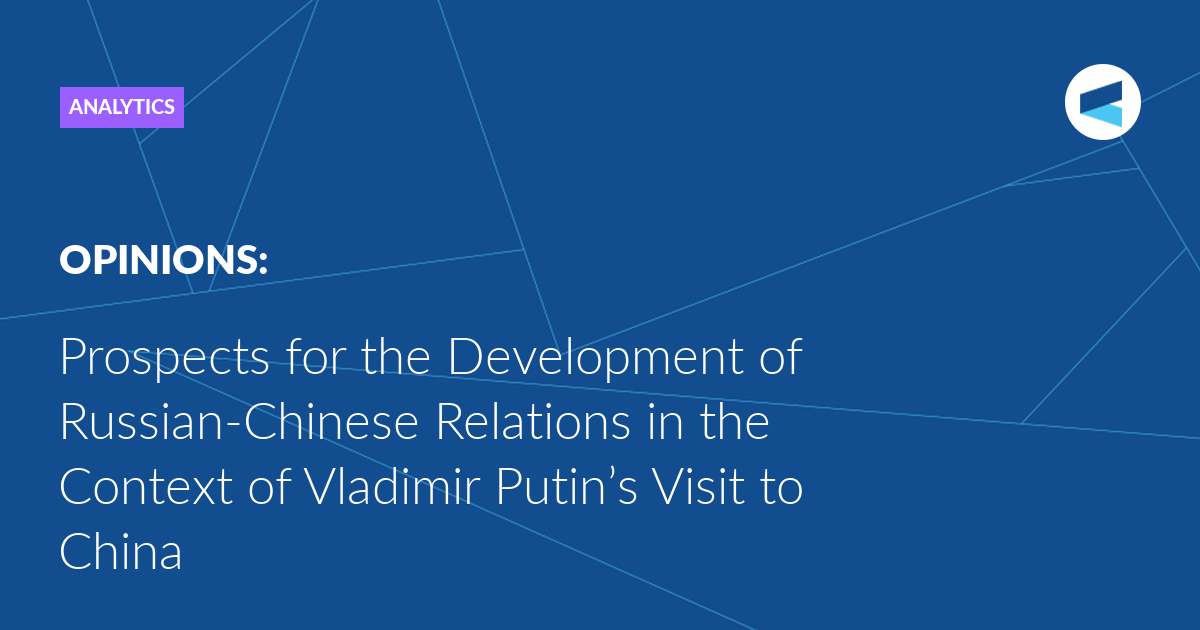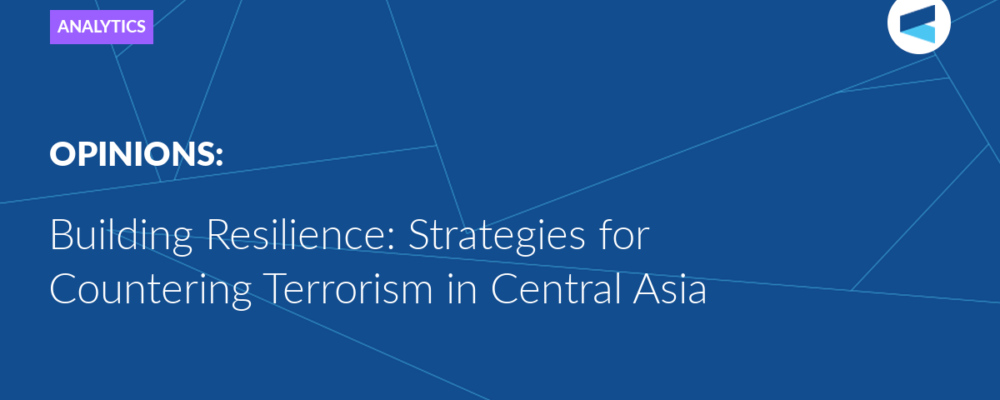For several decades prior to the current state of affairs, Russia promoted the idea that we must look East. At the same time, however, a significant part (if not most) Russian international trade activity was still connected to the EU. Now the situation has changed (maybe forever), and for Russia there is no other option than to refocus their priorities to the East in general, and to China in part, writes Valdai Club Programme Director Oleg Barabanov.
In mid-May, Russian President Vladimir Putin visited China. The trip was important because it was his first visit since the start of his new term in office. There are very high expectations, because now the countries’ bilateral strategic partnership is very important for Russia. It’s crucial for us in the current geopolitical situation, given the breaking off of all relations between Russia and the US, and Beijing’s support is really important.
We should appreciate the Chinese position due to the importance of cooperation with Beijing. During the visit, Russia had a big delegation; there were various ministers and business executives, and several agreements and memoranda of understanding were signed. It could serve as a positive sign for the development of relations.
A significant part of the Russian president’s most recent visit was dedicated to the city of Harbin in Heilongjiang province.
It’s very important that an official, high-level Russian delegation has visited Harbin, because three regions of the Chinese Northeast, Heilongjiang and two other provinces, are quite deeply connected in trans-border trade with the Russian Far East. There have already been a number of economic projects at the provincial level between private companies. It’s important that we build upon this existing economic cooperation between China’s northeast and the Russian Far East, as well as Siberia.
For many years, if not decades, Russian and Chinese experts and policymakers have been discussing cooperation between our border regions, saying they could (and should) serve as a pivot in strengthening general bilateral ties. It has already been about 15 years since the Valdai Discussion Club started to publish its expert reports on how to develop better trans-border cooperation between the countries within the broader context of Russia’s Turn to the East strategy.
In these years, there have been many visits and many talks, bringing together delegations at the regional level. All this was supported at the highest political level, sure, as it was considered useful for both countries. Today it could be useful to promote the existing projects. Because Russia’s Turn to the East Strategy has two dimensions, one is more or less global, to look Eastward globally, both geopolitically and economically. The other, however, is to look eastward at the local level, which is also quite important. This is an integral part of the strategy.
I remember that Deng Xiaoping once said that China, in developing its new economic policy, should have two wings. One wing was to be the Shenzhen area promoting all the cooperation there. The other wing, however, was Heilongjiang, and promoting cooperation with Russia. This northern wing was proposed by Deng Xiaoping, it’s already very useful and could be strengthened more.
Among the priorities for development we could specifically mention agriculture, and also infrastructure and transportation development. We already have robust cooperation in the export and import of agricultural products: in grain, soybeans, and some other products in the food sector. Transportation is also quite important. A couple of years ago, a new bridge was built over the Amur River, between Heihe and Blagoveshchensk. There are some other transportation projects in the works.
It is also important to develop the western part of the Russian-Chinese border, the small, 50 km-long segment between Russia’s Altai Republic and Xinjiang in China. For decades, there have been discussions and project proposals for developing that area. There were ideas about a gas pipeline, there were ideas to build a road. Then many of those projects were stopped somehow. But now in the current geopolitical situation, it is becoming really important for Russia to rethink a redevelopment strategy in that part of the border with China, and to transform it from its current deadlock into an efficient logistical link between the two countries. The deepening of our cooperation in the Eastern segment could now be considered as an example for restarting mutually fruitful projects in the Western segment of the border between Russia and China.
Turning from a local to a global picture, generally, the importance of the visit was in the fact that it is a very strategic move for Russia in the current situation. It means that now Russia is almost exclusively prioritising the Eastern countries, including China as its most important strategic partner. It’s important that in the long term this Turn to the East strategy should be sustained.
For several decades prior to the current state of affairs, Russia promoted the idea that we must look East, must not focus all our economy on the West and the EU in particular. At the same time, however, a significant part (if not most) Russian international trade activity was still connected to the EU. This was the case both economically and mentally. The mental factor was also very important. A significant segment of the Russian elites preferred to be oriented mainly to Europe (to the EU and the UK) both in their professional activities and in their private lives. That factor constituted a real barrier to realising any Turn to the East. Now the situation has changed (maybe forever), and for Russia (and Russian elites) there is no other option than to refocus their priorities to the East in general, and to China in part.
In fact, previously our export-import operations with the European Union accounted for more or less a half of all Russian foreign trade. I remember how about 10 years ago, at one meeting between Putin and Xi Jinping, they proposed the idea that the volume of the foreign trade between Russia and China should ideally be about one hundred billion dollars. Approximately ten years ago, it was considered too ambitious a goal by some, because we only had about 50-70 billion dollars of bilateral foreign trade. Now, however, Russia and China have about 240 billion dollars of bilateral trade. So that overly ambitious aim of 10 years ago was surpassed twice-over and more. These figures show that now Russia had a vital interest in promoting cooperation with China in all economic spheres. So this strategy has finally started to take shape.
The Valdai Discussion Club was established in 2004. It is named after Lake Valdai, which is located close to Veliky Novgorod, where the Club’s first meeting took place.
Please visit the firm link to site






